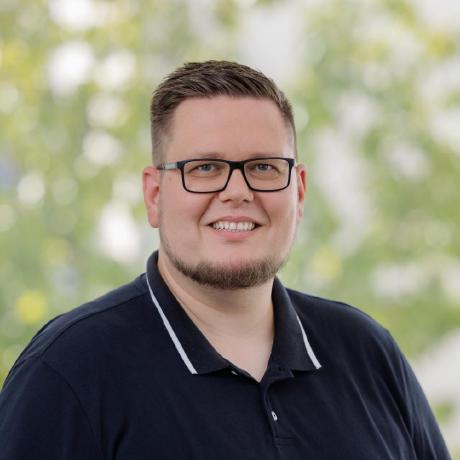Waveform-modeling based assessment of ultrasound measurements
Simulations using the poroelastic wave equation to characterize measurements on rock samples
Waveform-modeling based assessment of ultrasound measurements
- 3 months
- B.Sc.
90% Programming80% Field work10% Lab work60% Theory70% Processing60% Interpretation50% Geology
Determining velocities and intrinsic attenuation of elastic waves propagating in rock samples is frequently performed with a range of geoscientific objectives. Yet, problems exist regarding the accuracy of the determined properties and consistency among different approaches. Both aspects have been addressed by analyzing laboratory measurements on cylindrical rock samples and synthetic materials using standard methods based on travel times and amplitudes on the one hand and full-waveform modeling on the other hand and comparing the results. It was possible to quantify P-wave velocity, S-wave velocity, and intrinsic P- and S-wave attenuation from matching measured ultrasound traces with synthetic ones numerically modeled using elastic and viscoelastic simulations with the spectral finite-element software package SPECFEM3D. It was found that it is feasible to obtain good fits of synthetic and measured waveforms for synthetic materials but difficult for real rocks. In this study, it shall be tested whether the fit of synthetic waveforms to measured waveforms on, for example, sandstone samples can be improved when using the poroelastic wave equation instead of the elastic or viscoelastic wave equation.
Your tasks:
- Create computational meshes for SPECFEM3D using CUBIT or Gmsh.
- Running simulations of ultrasonic wave propagation using the numerical wave propagation solver SPECFEM3D.
- Process data using existing Python scripts.
- Compare results to measurements.
- Repeat simulations to improve the fit.
Supplementary Documents
Boxberg, M. S., Duda, M., Löer, K., Friederich, W., and Renner, J. (2020). Determining P- and S-wave velocities and Q-values from single ultrasound transmission measurements performed on cylindrical rock samples: it’s possible, when…, EGU General Assembly 2020, Online, 4–8 May 2020, EGU2020-9178, doi: 10.5194/egusphere-egu2020-9178.
Boxberg, M.S. (2019). Simulation of seismic wave propagation in porous rocks considering the exploration and the monitoring of geological reservoirs. Dissertation, Ruhr University Bochum, doi: 10.13154/294-6843.
Morency, C. and Tromp, J. (2008). Spectral-element simulations of wave propagation in porous media. Geophys J Int, 175(1):301-345. doi: 10.1111/j.1365-246X.2008.03907.x.
Back to thesis overview
